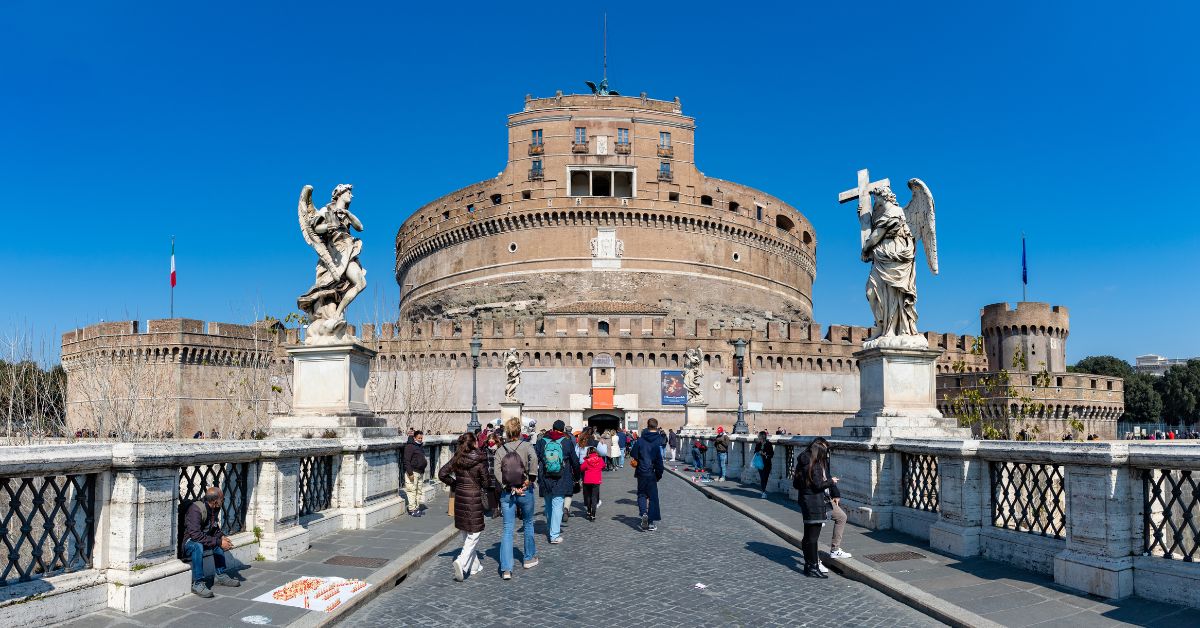Traveling through Italy is like stepping into a living museum: vibrant, chaotic, deliciously unpredictable. It’s a country of Renaissance cities and sleepy villages, of slow lunches and fast conversations, where history greets you around every corner.
But as with any destination, it’s the little things—those easily missed details—that can either elevate your trip into something unforgettable or trip you up at the worst possible moment. I’ve seen many travelers fall into traps not because they weren’t prepared, but because they overlooked the small stuff.
This guide isn’t about what cities to visit or which museums to see. You likely already have that list. Instead, these are the essential yet often-forgotten tips that can dramatically change your experience. I’ve gathered them from decades of exploring the backstreets of Rome, the hilltowns of Tuscany, the canals of Venice, and the beaches of the Amalfi Coast. Trust me, getting these right can mean the difference between a smooth Italian adventure and one laced with unnecessary frustrations.
So whether you’re wandering through ancient ruins, sipping espresso in a quiet piazza, or trying to find your way through a labyrinthine medieval town, keep these 11 overlooked tips in your back pocket. They just might save your trip.
Don’t Overlook the Siesta Hours — Plan Around Italian Schedules
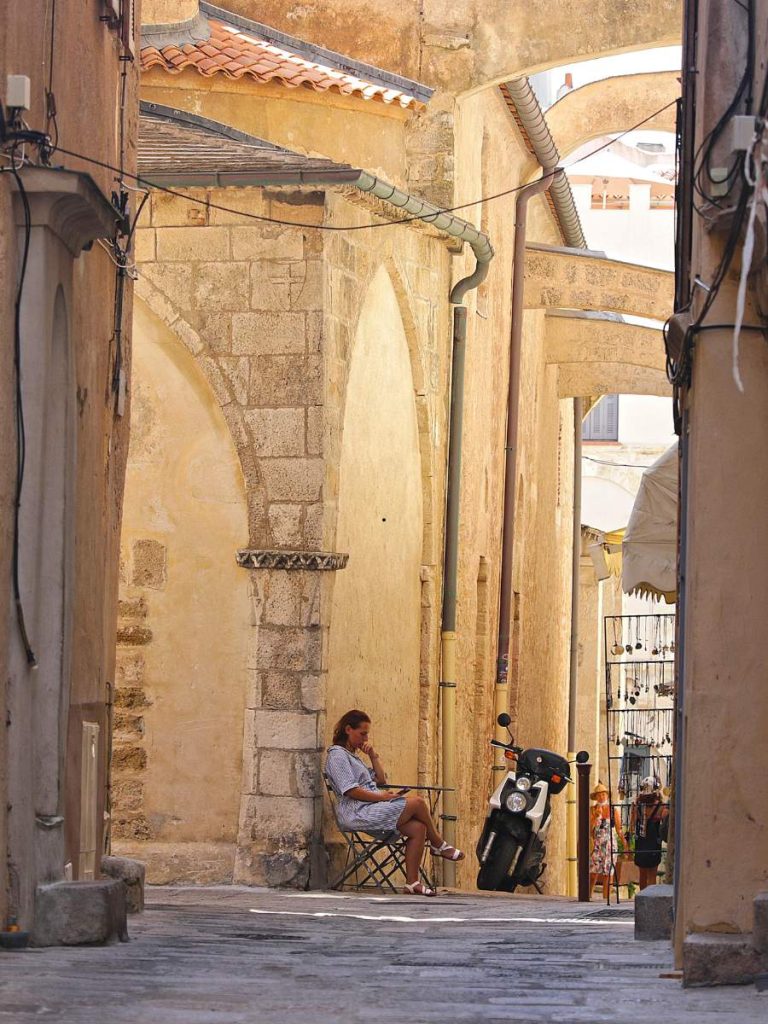
One of the first culture shocks for many travelers to Italy is discovering that much of the country still lives by the rhythm of the traditional riposo, or midday break. Especially in smaller towns and villages, shops and even some restaurants shut down for several hours in the afternoon—usually from around 1:00 to 4:00 p.m. It’s not laziness; it’s lifestyle. Italians use this time to rest, enjoy a long lunch, or reconnect with family before reopening for the evening.
Tourists often find themselves standing in front of locked doors, disappointed that their plans for a bit of shopping or a quick lunch have been thwarted. This can be especially frustrating if you’ve structured a tight itinerary, hoping to see and do as much as possible in one day. And if you’re in a smaller town with limited food options, you might find yourself wandering hungrily in search of a bite, only to be met with shutters and signs that say “Torno Subito”—back soon.
To avoid this, structure your days like the locals do. Use early afternoons for museum visits, scenic strolls, or even a little rest of your own. Plan your meals thoughtfully—aim for an early lunch or make a reservation for a later dinner when things pick back up. Embracing the Italian rhythm rather than fighting it will make your days more enjoyable and your trip more immersive.
Validate Your Train Ticket — Or Risk a Hefty Fine
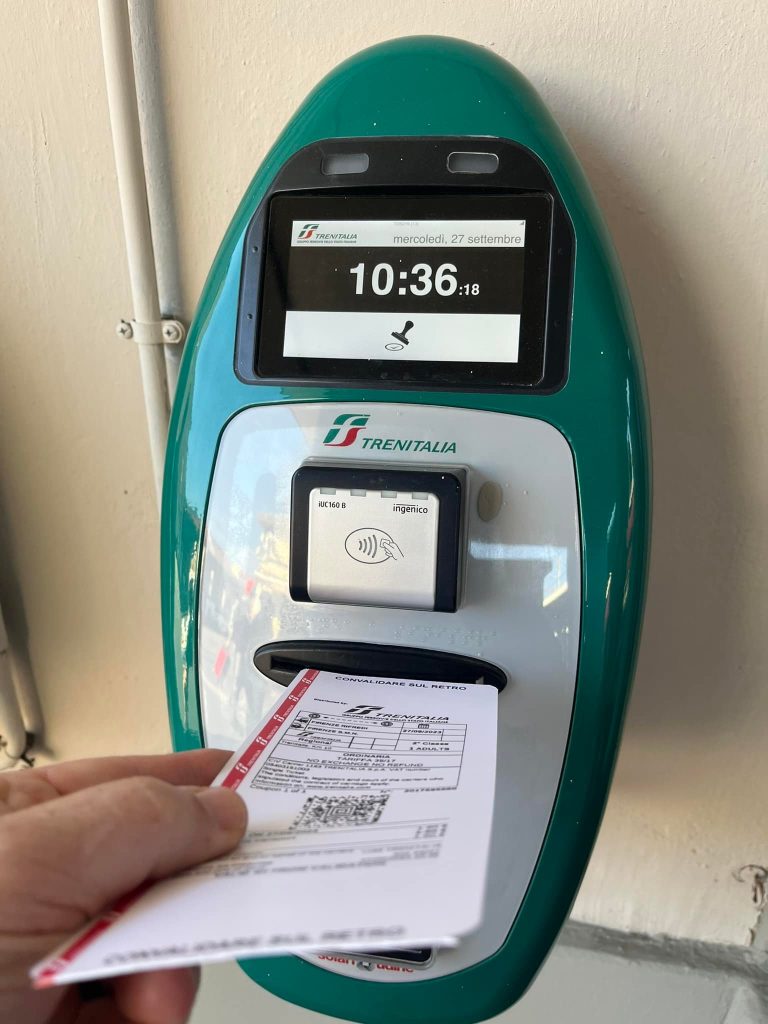
Italy’s train system is one of the best ways to get around, especially between cities. It’s efficient, generally punctual, and offers the chance to relax as the countryside glides past your window. But there’s one small detail that trips up more travelers than you’d expect: failing to validate your train ticket. On regional trains, tickets purchased at kiosks or counters need to be stamped in a little green or yellow box before boarding. Otherwise, you could face a steep fine—even if you have a valid ticket.
Conductors are well within their rights to issue fines on the spot, and they often do. Telling them you didn’t know rarely helps. I’ve watched more than one flustered traveler argue, plead, and finally pay a fine of €50 or more. It’s a frustrating way to start (or end) a journey. This rule doesn’t apply to high-speed trains where you’ve already reserved a seat, but it’s essential on local or regional routes where your ticket is valid for a window of time rather than a specific train.
The good news is, validating is easy. Just insert the end of your ticket into the machine, and you’ll hear a little stamp or buzz. If you don’t see the box or it’s broken, find a conductor before boarding and explain. Being proactive and observant here can save you not only money but also embarrassment and stress. It’s a small step that makes a big difference.
Pack Stylish but Practical Shoes — Cobblestones Aren’t Forgiving

There’s a romantic vision many travelers have of walking through Florence in sleek leather shoes or stylish sandals. And then reality hits—usually by mid-morning on the first day—when you’re hobbling across centuries-old cobblestone streets with aching feet and fresh blisters. Italy’s charm lies in its history, but that history includes uneven, hilly roads, slippery stone steps, and alleyways that could challenge even the best balance.
I always advise packing footwear that can withstand miles of walking without sacrificing too much on style. Italians are fashionable, no doubt, but they also live in their cities and understand that comfort matters. You’ll see many locals wearing sleek sneakers or leather shoes with good support. Leave the flip-flops and stilettos at home—unless you’re planning to wear them for a quick dinner and not a cross-town walk.
Blending comfort with a touch of class will not only keep your feet happy but also help you feel less like a sore-thumb tourist. Whether you’re scaling the Spanish Steps, climbing to a hilltop church, or simply navigating the piazza, the right shoes can be the difference between joyfully soaking in the sights and silently counting the steps until your next gelato break.
Don’t Expect Tap Water in Restaurants — And Know the Local Norms

In many countries, asking for tap water with your meal is normal—sometimes even expected. Not so in Italy. In most restaurants, you’ll be served bottled water—either frizzante (sparkling) or naturale (still)—and you’ll pay for it. Some visitors are caught off guard by this small but consistent expense, especially when dining out multiple times a day. Trying to insist on tap water may lead to confusion or even mild offense, especially in more traditional eateries.
Another subtle dining difference is the way meals unfold and how the bill is handled. Don’t expect your server to bring the check without being asked—it’s considered rude to rush a diner. And splitting the bill can be a complicated affair, as many places prefer to issue one check per table. It’s not about being difficult; it’s just the way dining is done here—slow, social, and centered on enjoyment rather than efficiency.
That said, Italy offers some of the best free water in the world—just not always at the table. Cities like Rome have dozens of public fountains, known as nasoni, that offer fresh, clean drinking water. Carry a reusable bottle and fill up throughout the day. You’ll save money, stay hydrated, and experience a small yet wonderful part of daily Italian life.
Beware of Tourist Menus — Seek Out Where Locals Dine

When you’re hungry, tired, and surrounded by beauty, it’s tempting to sit down at the first restaurant that offers a table and a menu in five languages. But these “menu turistico” spots rarely deliver the best Italy has to offer. Often located near major attractions, they serve pre-prepared food at inflated prices, banking on convenience rather than culinary quality. You may fill your stomach, but you’ll likely walk away wondering what all the fuss is about Italian food.
To truly taste Italy, you need to go where Italians eat. That doesn’t mean finding the fanciest restaurant; in fact, it’s usually the opposite. The best meals often come from family-run trattorias with simple handwritten menus, short ingredient lists, and a focus on regional specialties. Look for places filled with locals or that are slightly off the tourist trail. If a restaurant is packed at 9:00 p.m. with no English in earshot, you’re probably in the right place.
Food in Italy is more than fuel—it’s culture. By avoiding the tourist menus and embracing local dining customs, you open yourself to an experience that’s not just delicious, but also deeply rooted in tradition. Trust your instincts, ask locals for recommendations, and don’t be afraid to wander a few blocks away from the main square.
Learn a Few Italian Phrases — It Opens More Doors Than You’d Expect
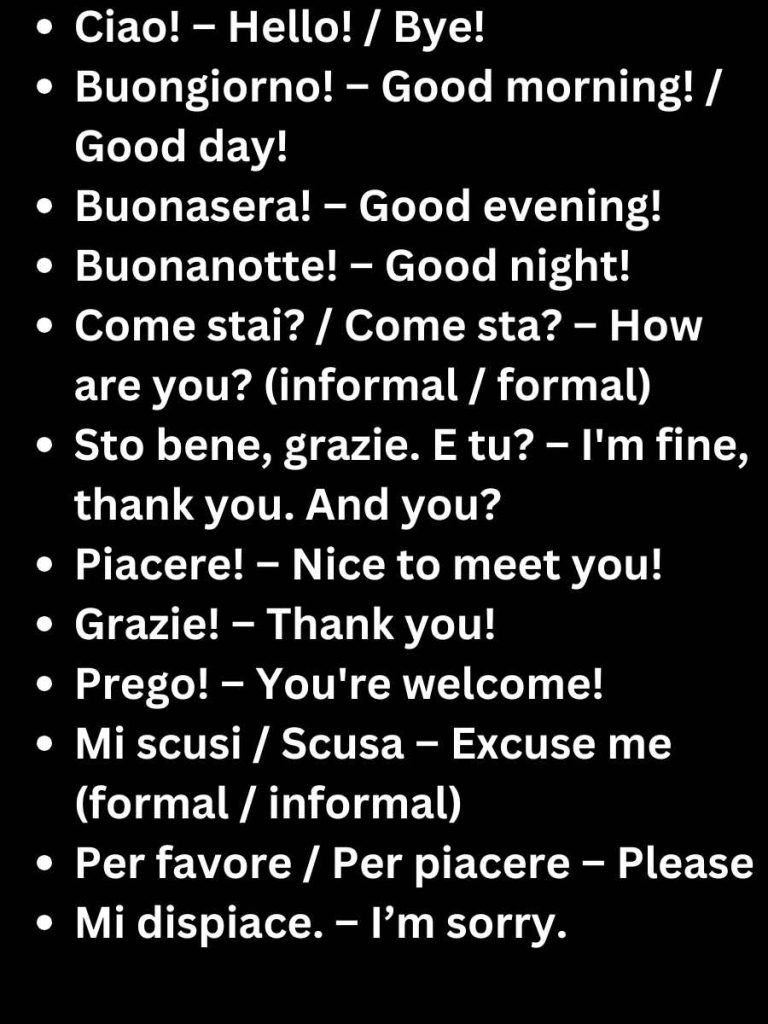
You don’t need to be fluent in Italian to have a great time, but knowing a handful of phrases can completely change how you’re received. A simple “buongiorno” in the morning or “grazie mille” after a meal goes a long way. Italians are proud of their language, and while many speak English—especially in tourist areas—they genuinely appreciate the effort to engage in their tongue.
I’ve watched interactions shift dramatically once a traveler greets a shopkeeper or waiter in Italian. The tone softens, smiles appear, and suddenly a stranger becomes a host. You may even find yourself being offered insider tips, better service, or an unexpected extra glass of limoncello. It’s not a trick—it’s about connection.
Focus on the essentials: greetings, please, thank you, excuse me, and ordering food. Even if your pronunciation isn’t perfect, the attempt shows respect and curiosity. And in a country where warmth and hospitality matter deeply, that respect often leads to more memorable experiences.
Be Aware of Local Festivals and Holidays — They Can Disrupt or Enhance Your Trip
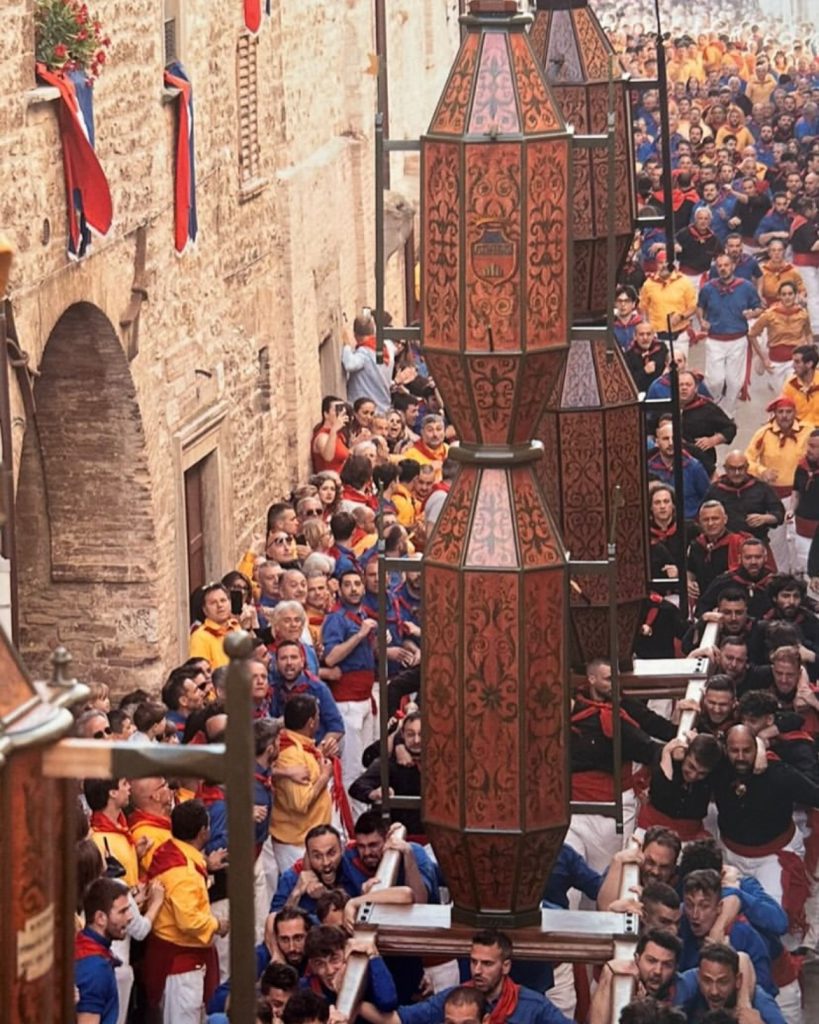
Imagine arriving in a charming Italian town only to find every shop closed, streets blocked, and hotel prices inflated. It might be a national holiday or a local saint’s feast day. On the flip side, imagine stumbling into a town square lit by candles, filled with music, food stalls, and dancing. That too might be a local festival. The key difference is whether you’re prepared.
Italy loves its festivals, and nearly every town has its own calendar of religious, cultural, or historical celebrations. These can be magical to witness, offering an authentic window into Italian life, but they can also disrupt travel plans. Public transportation might operate on limited schedules, museums may close without notice, and accommodations can book up quickly.
The solution? Check local calendars before you go. Look up national holidays like Ferragosto (August 15) or Liberation Day (April 25), and search for town-specific events in places you plan to visit. With a little foresight, you can avoid surprises—or better yet, plan your trip to coincide with a celebration and see Italy at its most joyful.
Don’t Rely Solely on Google Maps — Especially in Old Towns

Technology has become an essential travel companion, and apps like Google Maps have made navigating foreign cities far easier. But Italy—especially in its older towns and historic centers—doesn’t always play nicely with satellite mapping. Ancient alleyways, staircases, and winding streets often confuse GPS systems, and it’s not uncommon for digital maps to lead travelers in circles or send them straight into a dead end.
In Venice, for example, Google Maps will confidently guide you to cross a canal where no bridge exists. In hill towns like Orvieto or Positano, elevation changes make flat maps misleading. Even in Rome or Florence, tightly packed medieval streets can disrupt signals, and addresses may not appear in a logical order. For those relying on their phones to find accommodations, restaurants, or landmarks, it can be a frustrating exercise in backtracking.
My advice is to pair technology with tradition. Carry a printed map—many hotels still provide them—or download an offline map that doesn’t rely on cell signals. Most importantly, don’t hesitate to ask locals for directions. Italians are usually eager to help and might even walk you part of the way. Sometimes, the old-fashioned approach leads to the most rewarding encounters.
Carry Cash — And Know That Cards Are Not Always Accepted

In an increasingly cashless world, it’s easy to assume that everywhere accepts cards. But in Italy, especially in smaller towns or less-touristed neighborhoods, cash remains king. While major hotels and restaurants usually take credit cards, you’ll still find many places—especially cafes, trattorias, markets, or taxis—that prefer or require cash. Even some museums or historical sites only accept cash for entrance fees.
Travelers often get caught off guard when they’ve just finished a lovely meal or purchased souvenirs, only to be told “solo contanti” (cash only). And while ATMs are widespread, not all are created equal. Machines branded as Euronet or other private operators often charge high fees and give unfavorable exchange rates. Whenever possible, seek out ATMs connected to actual banks for safer and cheaper withdrawals.
I recommend keeping a modest supply of euros on you at all times—enough for a couple of meals, some gelato, or entry fees. Tuck it away in a secure money belt or travel wallet. Having cash on hand not only saves you from awkward moments but also allows you to enjoy the simple, spontaneous pleasures of Italian travel—like tipping a street musician or grabbing a pastry from a hole-in-the-wall bakery.
Don’t Assume You Can Visit Churches in Any Attire — Dress Codes Are Real
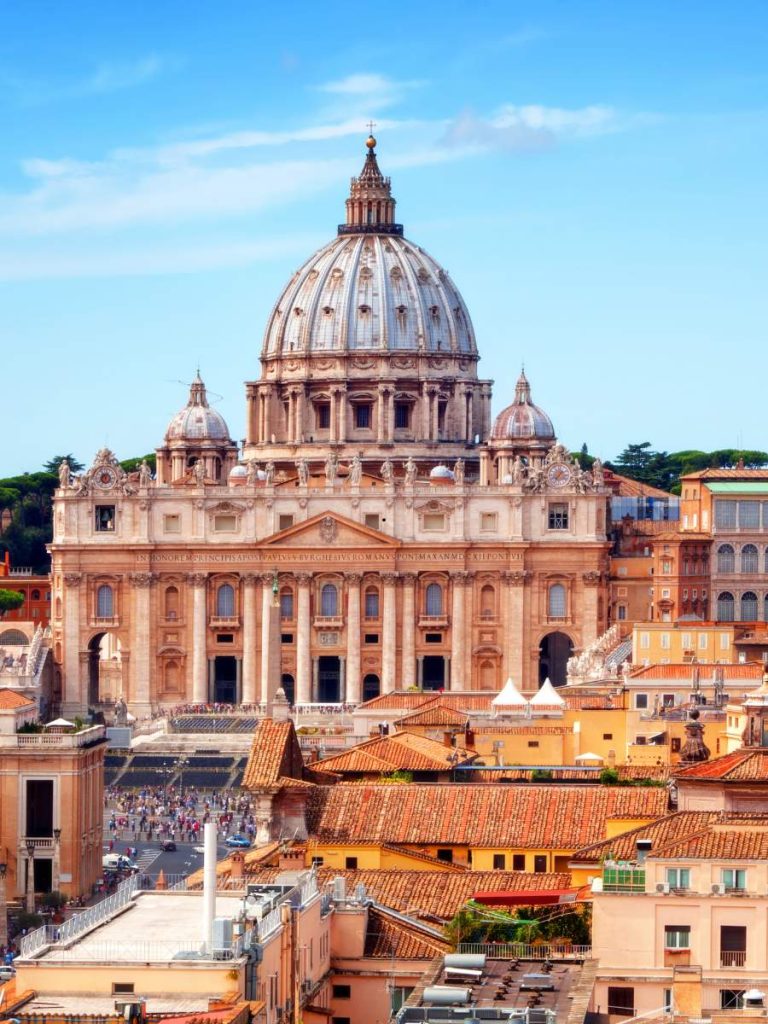
Italy’s churches are more than architectural wonders—they’re sacred spaces that command a certain level of respect. One of the most common and preventable mistakes tourists make is arriving in shorts, sleeveless tops, or low-cut outfits, only to be denied entry. Major sites like St. Peter’s Basilica, Florence’s Duomo, or even smaller churches strictly enforce dress codes, requiring covered shoulders and knees.
For many travelers, this restriction can come as a surprise—especially in the summer when temperatures soar and lighter clothing feels like a necessity. But dress codes aren’t about policing fashion; they’re rooted in reverence for the religious significance of these places. Churches in Italy are not museums, even if they are visited by millions. They are active places of worship.
The solution is simple and considerate. Pack a lightweight scarf, shawl, or wrap that you can drape over your shoulders or tie around your waist when needed. Men should avoid sleeveless shirts and extremely short shorts. These small adjustments show cultural awareness and allow you to access some of Italy’s most awe-inspiring interiors—spaces where art, history, and faith converge in unforgettable ways.
Your Eating Schedule Might Clash with Italy’s — Adapt or Go Hungry
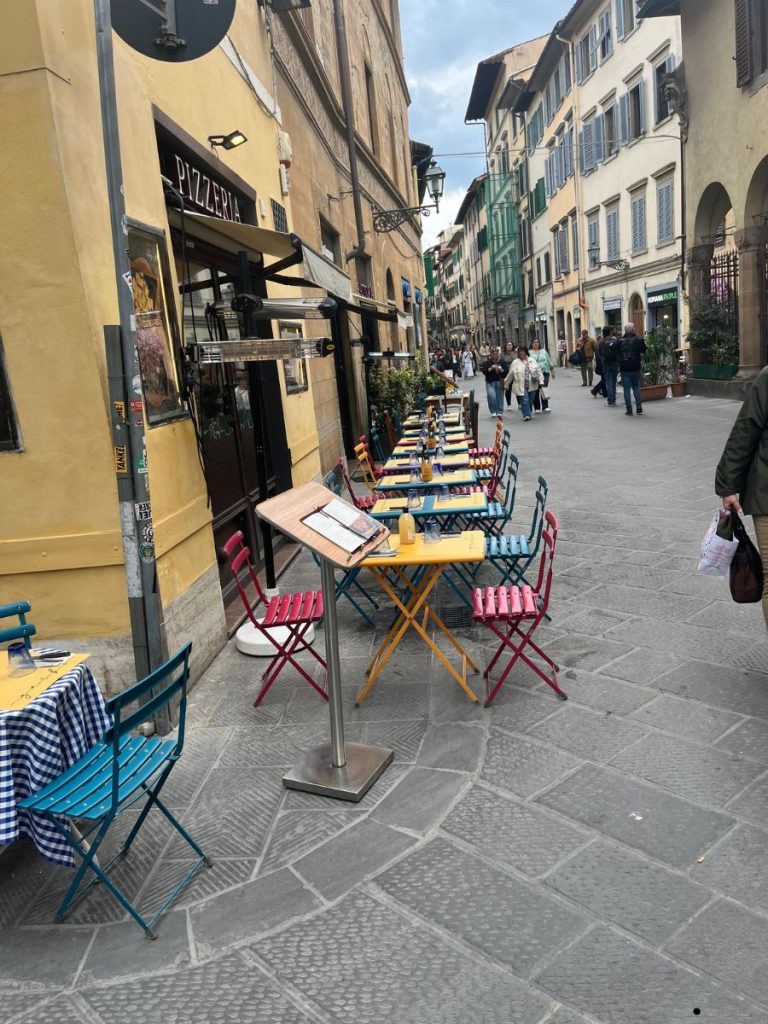
One of the most overlooked cultural differences in Italy is the timing of meals. Americans and other visitors used to early dinners and on-demand dining often struggle to adjust to Italy’s culinary rhythm. Lunch is typically enjoyed between 1:00 and 2:30 p.m., and dinner doesn’t start until around 8:00 p.m.—sometimes even later in the south. Between those hours, many kitchens close completely, leaving hungry travelers out of luck.
This becomes especially tricky for families traveling with children or those dealing with jet lag. You might find yourself wandering the streets at 6:00 p.m. hoping for an early bite, only to discover that most restaurants are shuttered or only beginning to set up. Conversely, if you wait too long for lunch, you might find doors closing just as you arrive. It’s a small cultural mismatch that can cause unnecessary stress and hunger.
To navigate this, embrace the Italian meal schedule by planning ahead. Eat a hearty breakfast, have a gelato or light snack in the late afternoon, and make dinner reservations where possible. Once you adjust to the local rhythm, you’ll come to appreciate the unhurried, communal nature of Italian meals. They’re not just about eating—they’re about savoring life.
Conclusion: Embrace the Differences — That’s What Makes Italy Magical
Traveling in Italy isn’t just about seeing the sights—it’s about immersing yourself in a culture that prizes beauty, leisure, and tradition. While guidebooks will tell you what to see and where to stay, it’s these small, easily overlooked details that will shape how you experience the country. They may seem minor at first, but they can make all the difference between a trip full of mishaps and one rich with connection, delight, and ease.
Each of these tips comes from lessons learned—sometimes the hard way. But the beauty of travel lies in learning to adapt, to slow down, and to appreciate the unfamiliar. Italy invites you to step into a different rhythm, to respect its customs, and to enjoy the simple things with intention. When you do, the country opens up in the most unexpected and wonderful ways.
So as you plan your adventure, pack your curiosity along with your passport. Prepare for a few surprises, and let go of the need to control every detail. With these overlooked tips in mind, you’ll be far more prepared not just to visit Italy—but to experience it as Italians do. And that’s when the magic really begins.

